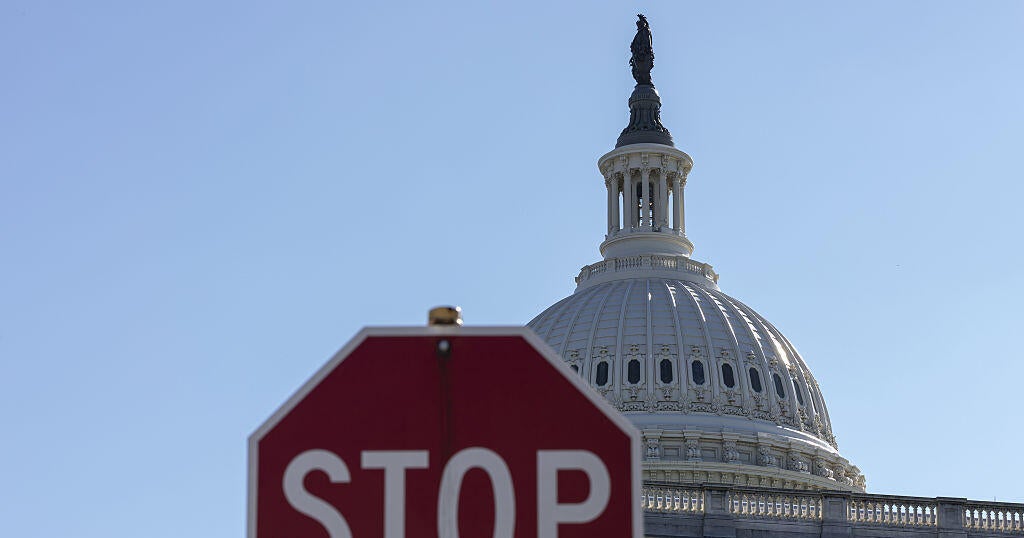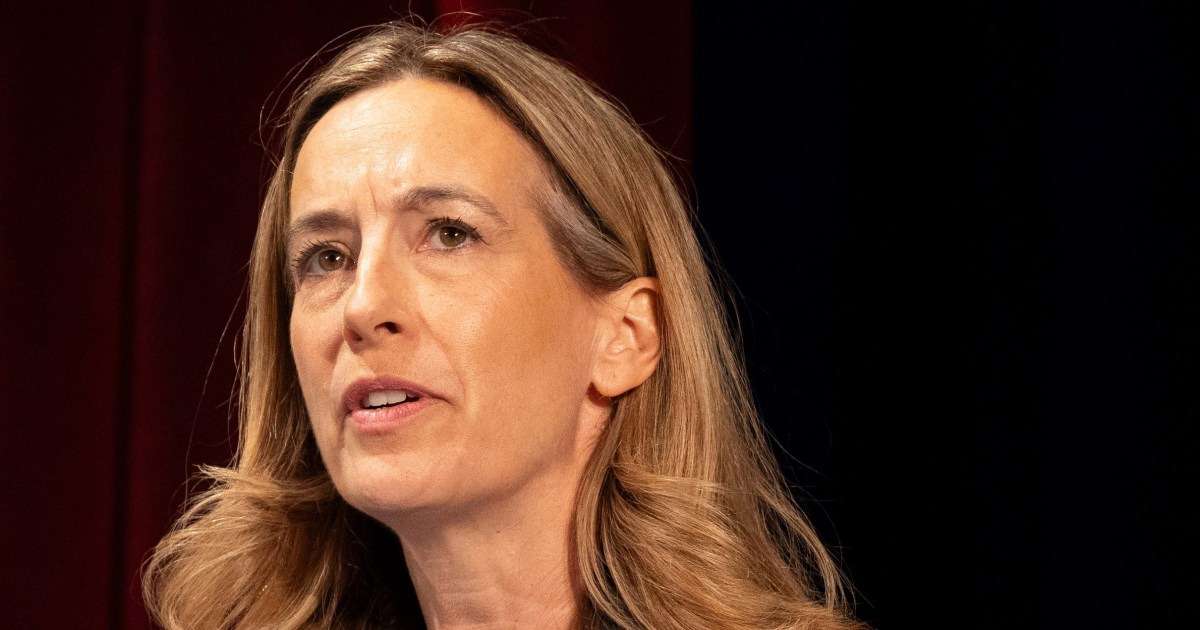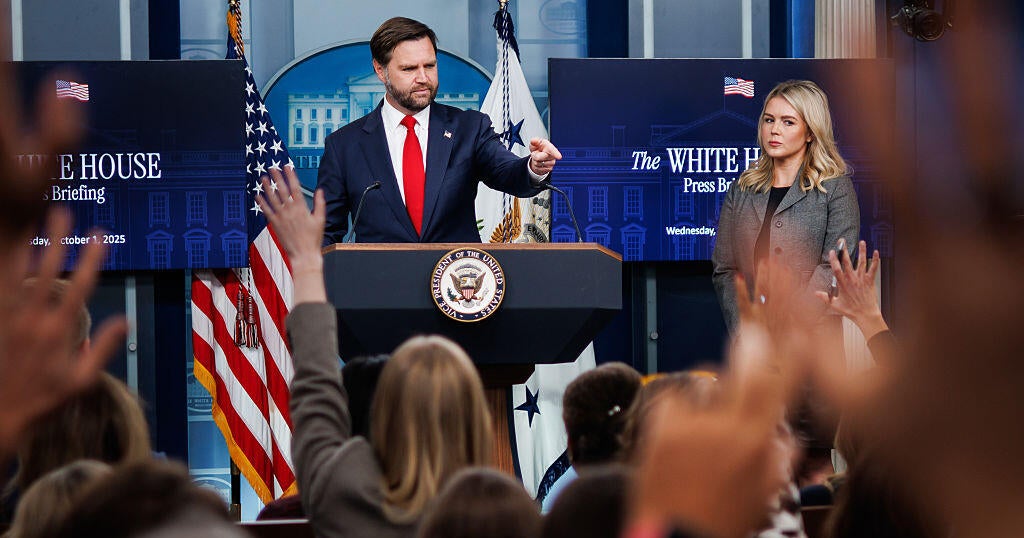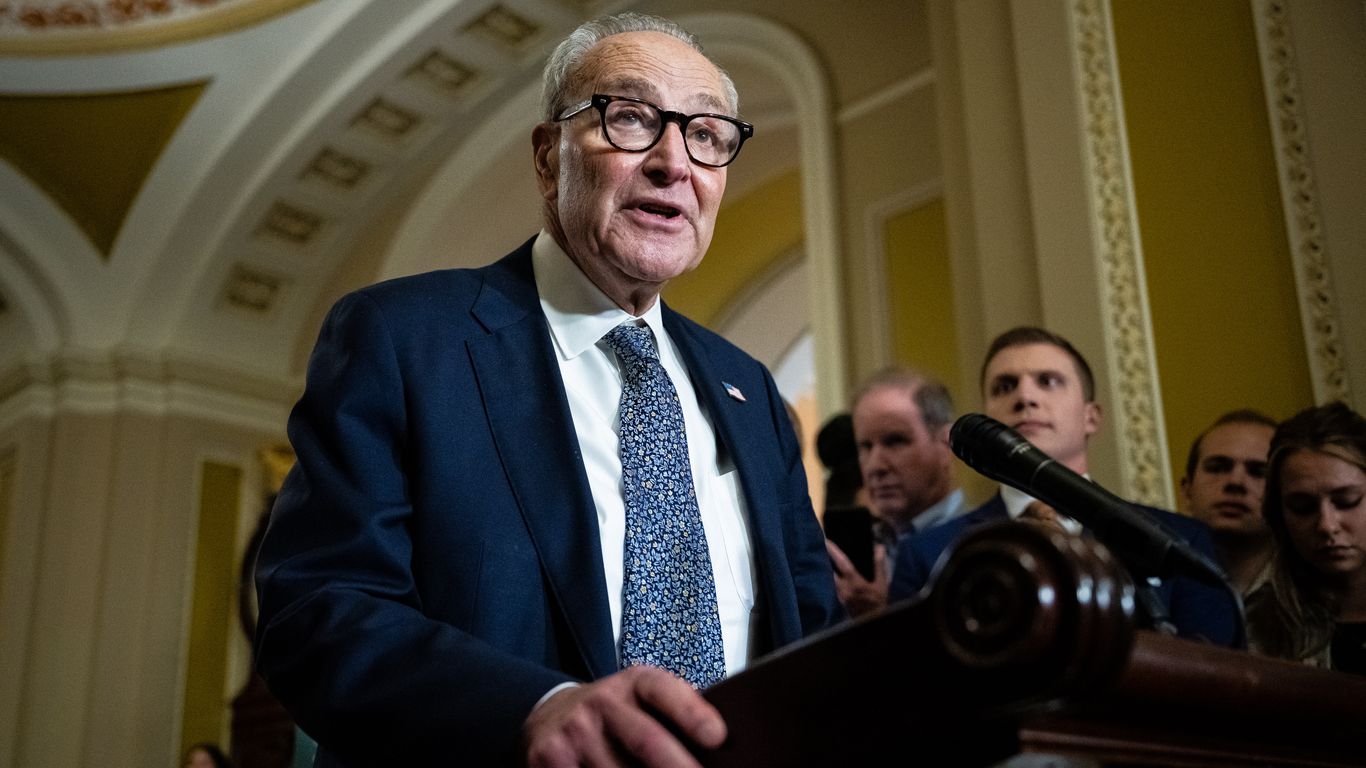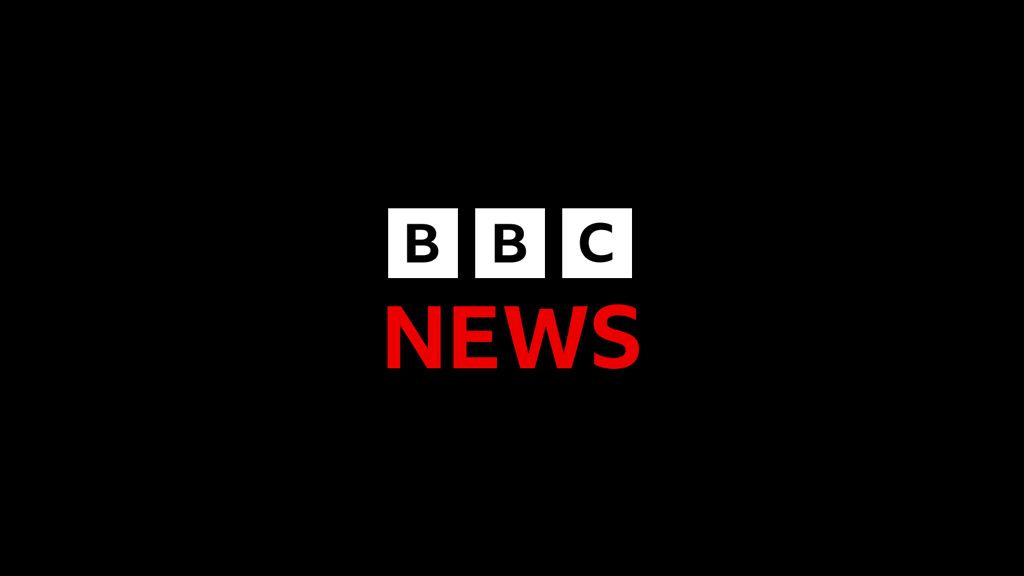Trump Administration Freezes Chicago Transit Funding Amid Shutdown

Trump Administration Freezes Chicago Transit Funding
In a significant escalation of the ongoing government shutdown battle, the Trump administration has frozen $2.1 billion in federal funds intended for Chicago’s subway improvements. This move, announced by White House budget director Russ Vought, targets critical infrastructure projects amid broader political tensions. The freeze is part of a wider strategy affecting billions in funding to several Democratic-led cities and states.
Reasons Behind the Funding Freeze
Officials cited concerns over “race-based contracting” policies as justification for pausing Chicago’s transit money. This rationale reflects deeper disputes over federal oversight and local government spending practices. By withholding these funds, the administration aims to apply pressure in the shutdown negotiations while spotlighting controversial local policies.
Implications for Chicago and Beyond
The funding freeze threatens delays in essential transit upgrades, impacting commuters and economic growth in Chicago. It also signals growing federal-state conflicts over infrastructure priorities, with repercussions for other major urban centers facing similar funding uncertainties during the shutdown standoff.
About the People Mentioned
Russ Vought
Russell Thurlow "Russ" Vought is an American political aide and government official born on March 26, 1976. He has held several key roles in the U.S. government, most notably as the Director of the Office of Management and Budget (OMB). Vought first served as the 42nd Director of OMB from 2020 to 2021 and was recently reappointed as the 44th Director in 2025 by President Trump[1][5]. Prior to his roles at the OMB, Vought worked extensively in Washington D.C. with grassroots and public policy organizations. He served as the Vice President of Heritage Action for America for seven years and held positions on Capitol Hill, including as Policy Director for the House Republican Conference and as Executive Director of the Republican Study Committee[3][5]. Vought also worked as a legislative assistant for U.S. Senator Phil Gramm[3]. As OMB Director, Vought was instrumental in implementing President Trump's policy and deregulatory agendas. He issued a memo directing the cancellation of contracts that included training on critical race theory and white privilege, aligning with his conservative stance[2]. Vought is also a key author of the Project 2025 plan, which aims to reshape the federal government with a focus on executive branch power[2]. In 2021, Vought founded the Center for Renewing America, a think tank focused on combating critical race theory[1][2]. Recently, he was nominated again for the OMB Director position by President-elect Trump in November 2024, marking his return to this role in 2025[1]. Vought's work continues to influence conservative policy initiatives, particularly through his involvement with Project 2025 and the Center for Renewing America.
About the Organizations Mentioned
White House
The **White House Office** is a central organizational component within the Executive Office of the President of the United States (EOP), tasked with supporting the President in managing day-to-day operations, policy formulation, and political affairs. It is headed by the White House Chief of Staff and staffed by senior aides who report directly to the President, including those with titles such as Assistant to the President and Deputy Assistant to the President. These staff members are mostly political appointees without the need for Senate confirmation, allowing the President considerable discretion in shaping the office to suit each administration's priorities[1]. Historically, the White House Office was established in 1939 through Reorganization Plan 1 and Executive Order 8248 to provide immediate assistance to the President. It functions as the nerve center for presidential staff, physically located primarily in the West Wing, and plays a pivotal role in managing the President’s policy agenda, communications, and political strategy. Its flexible organization allows each President to tailor the staff composition and roles according to their governance style and objectives[1]. In the current context of 2025, the White House Office operates under the administration of President Donald J. Trump, who returned to office after the 2024 election. His administration emphasizes rejecting prior policies deemed extremist and focuses on enhancing quality of life, economic growth, and American energy dominance. The administration includes Vice President JD Vance and First Lady Melania Trump, among others, with a Cabinet advising on various governmental functions[4][6]. Recent initiatives linked to the White House’s operational sphere include the establishment of a new **Department of Government Efficiency (DOGE)** aimed at modernizing federal technology and software to boost government productivity. The DOGE agenda is implemented through the renamed United States DOGE Service within the Executive Office, reflecting a concerted push to leverage technology for administrative modernization[5]. Notably, the White House Office also coordinates national security and homeland security functions through the National Security Council staff, underscoring its central role
Trump administration
The **Trump administration** refers to the executive branch of the U.S. federal government during Donald J. Trump’s presidency, initially from January 20, 2017, to January 20, 2021, and resuming with his second term starting in 2025. It was characterized by a mix of aggressive domestic policies, significant judicial appointments, and a distinct foreign policy approach that emphasized "America First" principles[4][8]. The administration’s key activities included **tax reform**, notably passing the $3.2 trillion Tax Cuts and Jobs Act, which represented the largest overhaul of the U.S. tax code in decades[5]. Trump also renegotiated trade agreements with major economies including Mexico, Canada, China, Japan, and South Korea, prioritizing bilateral deals over multilateral ones such as the Trans-Pacific Partnership (TPP), which the administration withdrew from early on[1][2]. The administration sought to protect American jobs by restricting cheap foreign labor and influencing agencies like the Tennessee Valley Authority to retain American workers[5]. On the judicial front, the Trump administration appointed over 200 federal judges, including three Supreme Court justices—Neil Gorsuch, Brett Kavanaugh, and Amy Coney Barrett—shaping the judiciary for years to come[4]. These appointments were among the most significant achievements, influencing U.S. law on multiple fronts. In foreign policy, the administration pursued a controversial agenda: it imposed travel bans on several predominantly Muslim countries, withdrew U.S. troops from northern Syria, and supported Saudi Arabia militarily despite congressional opposition related to the Yemen conflict[1][3]. It also fostered new international technology alliances, such as securing commitments from allies to exclude Chinese telecom giant Huawei from 5G infrastructure and signing AI cooperation agreements with the UK[5]. The Trump administration faced substantial political turmoil, including two impeachments by the House of Representatives—first in 2019 over Ukraine dealings, and again in 2021 following the January

